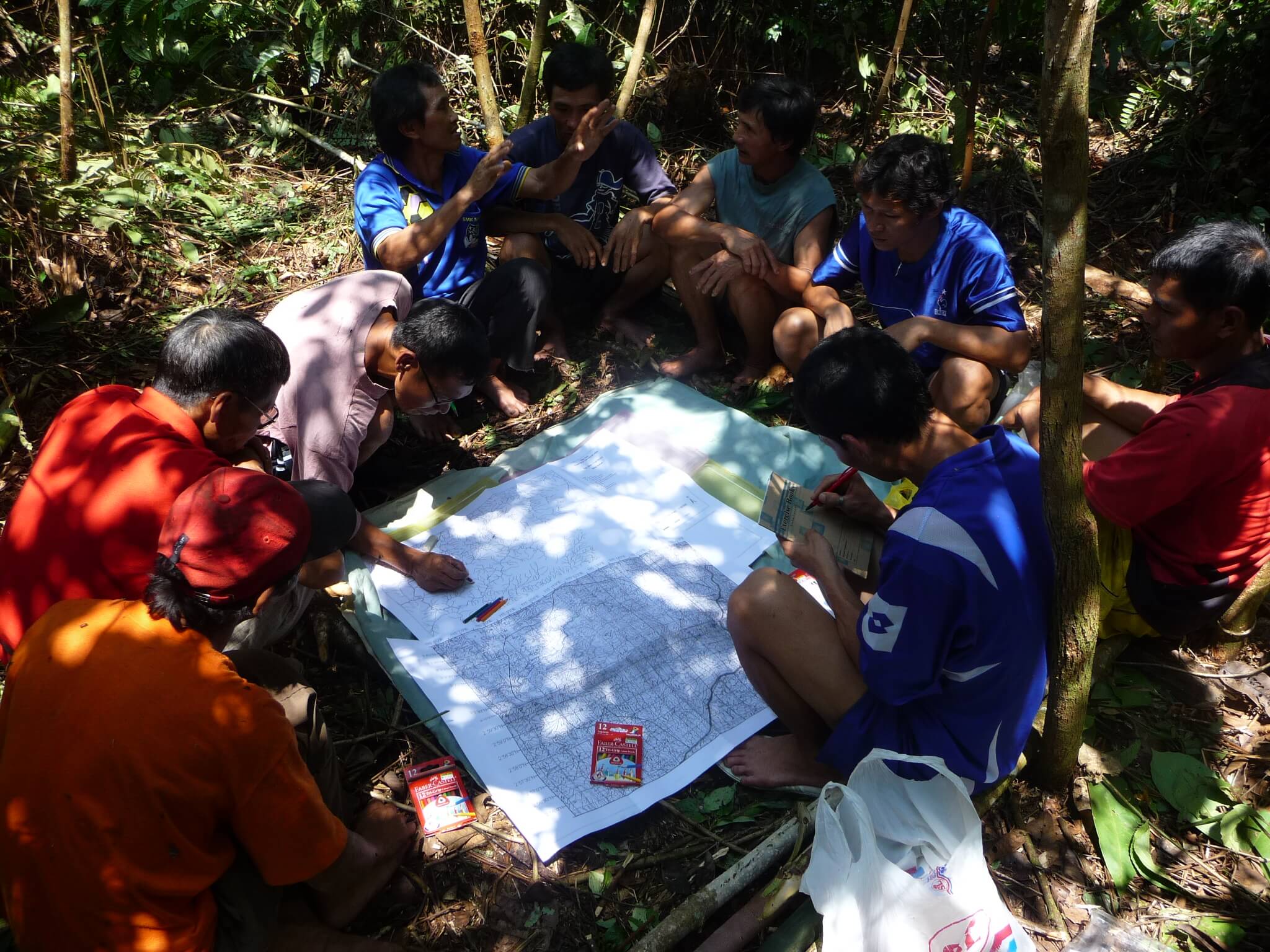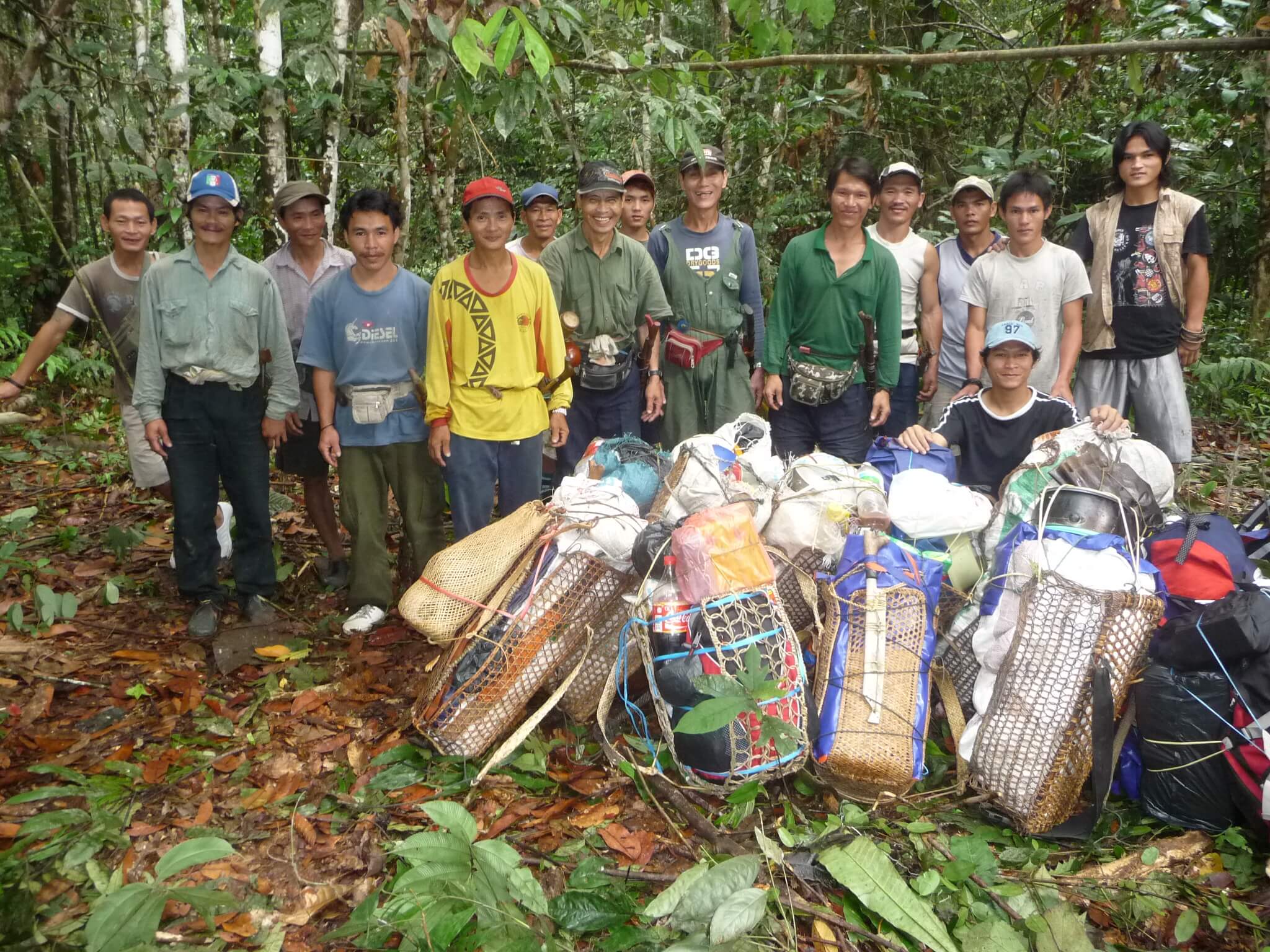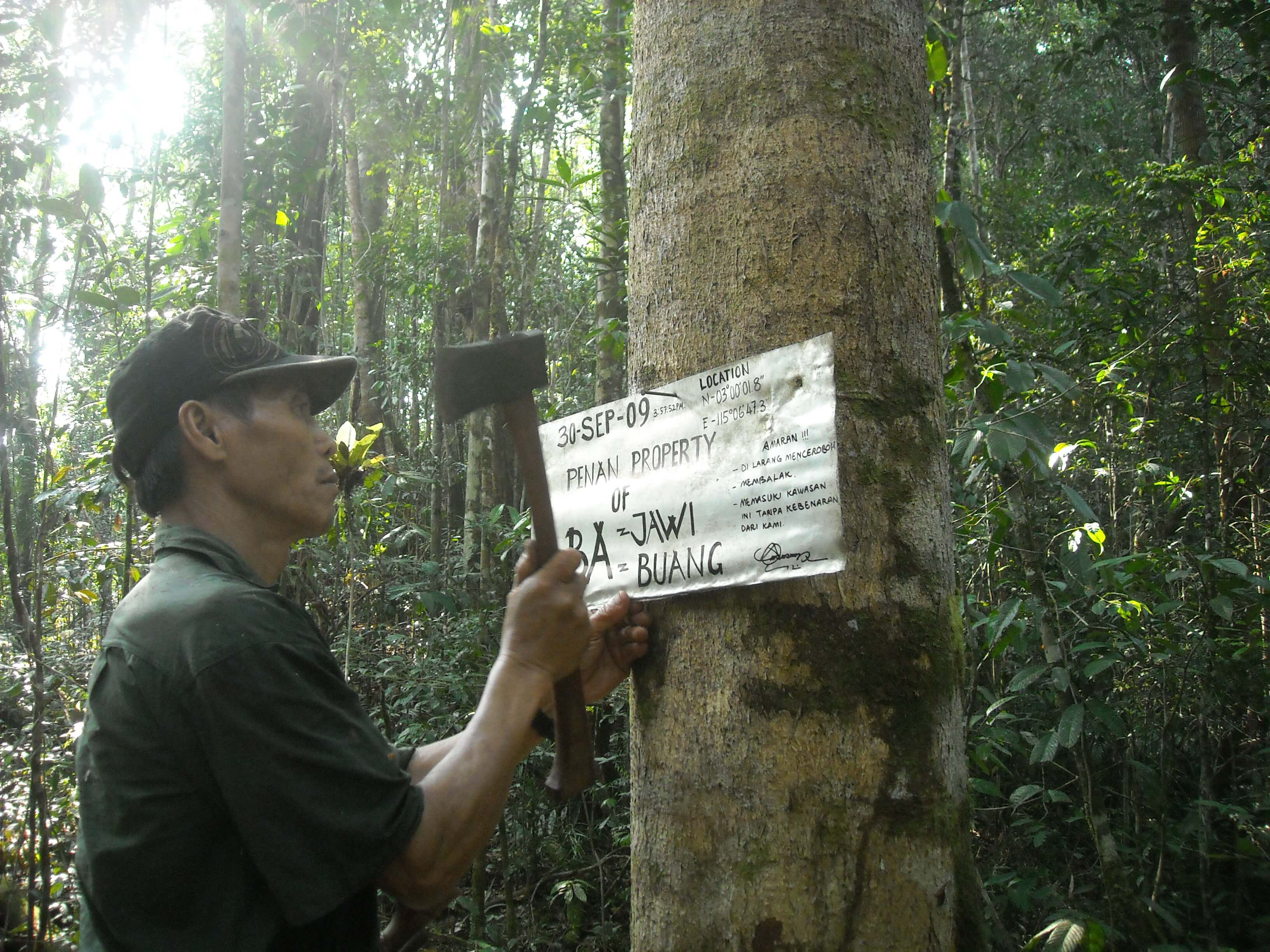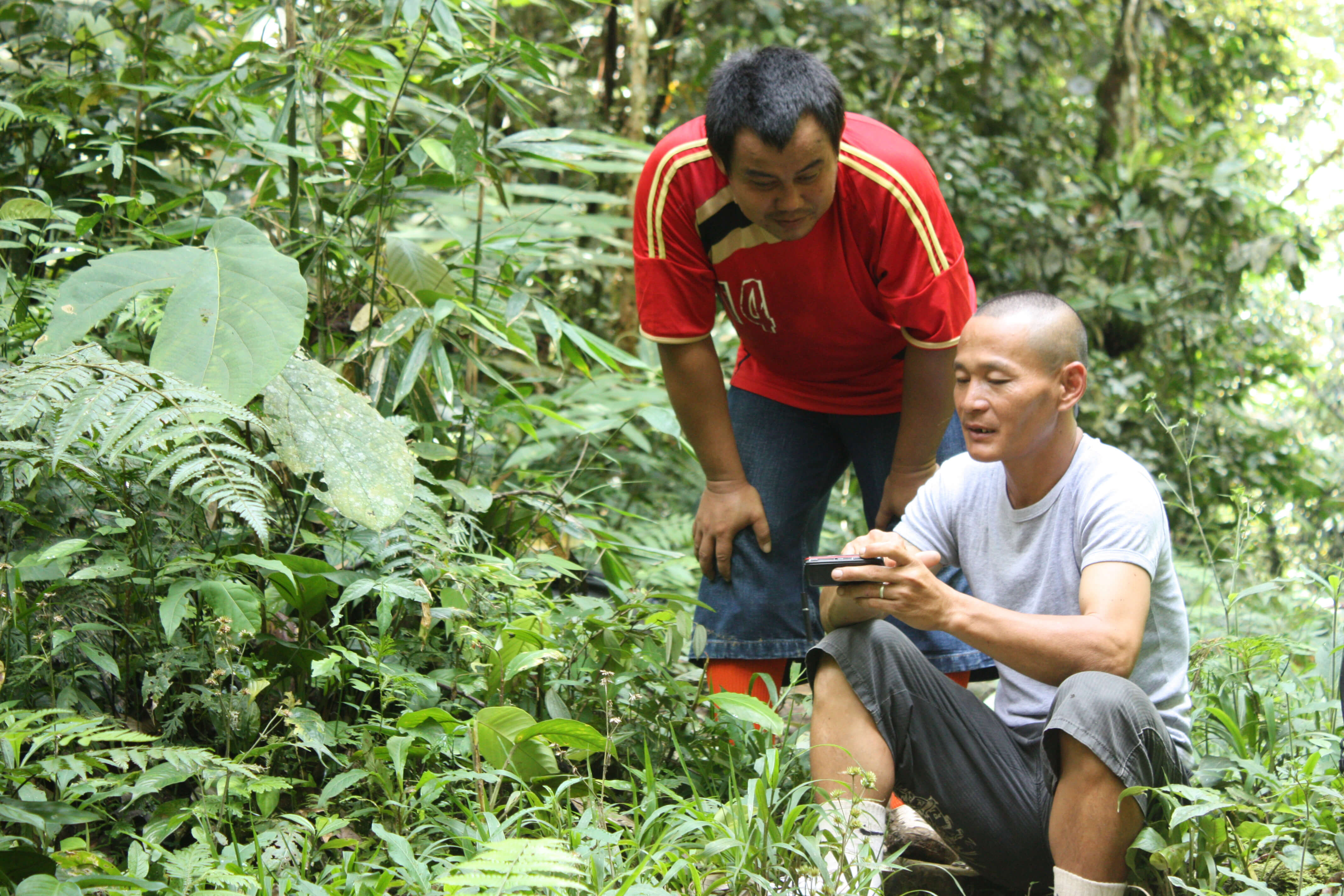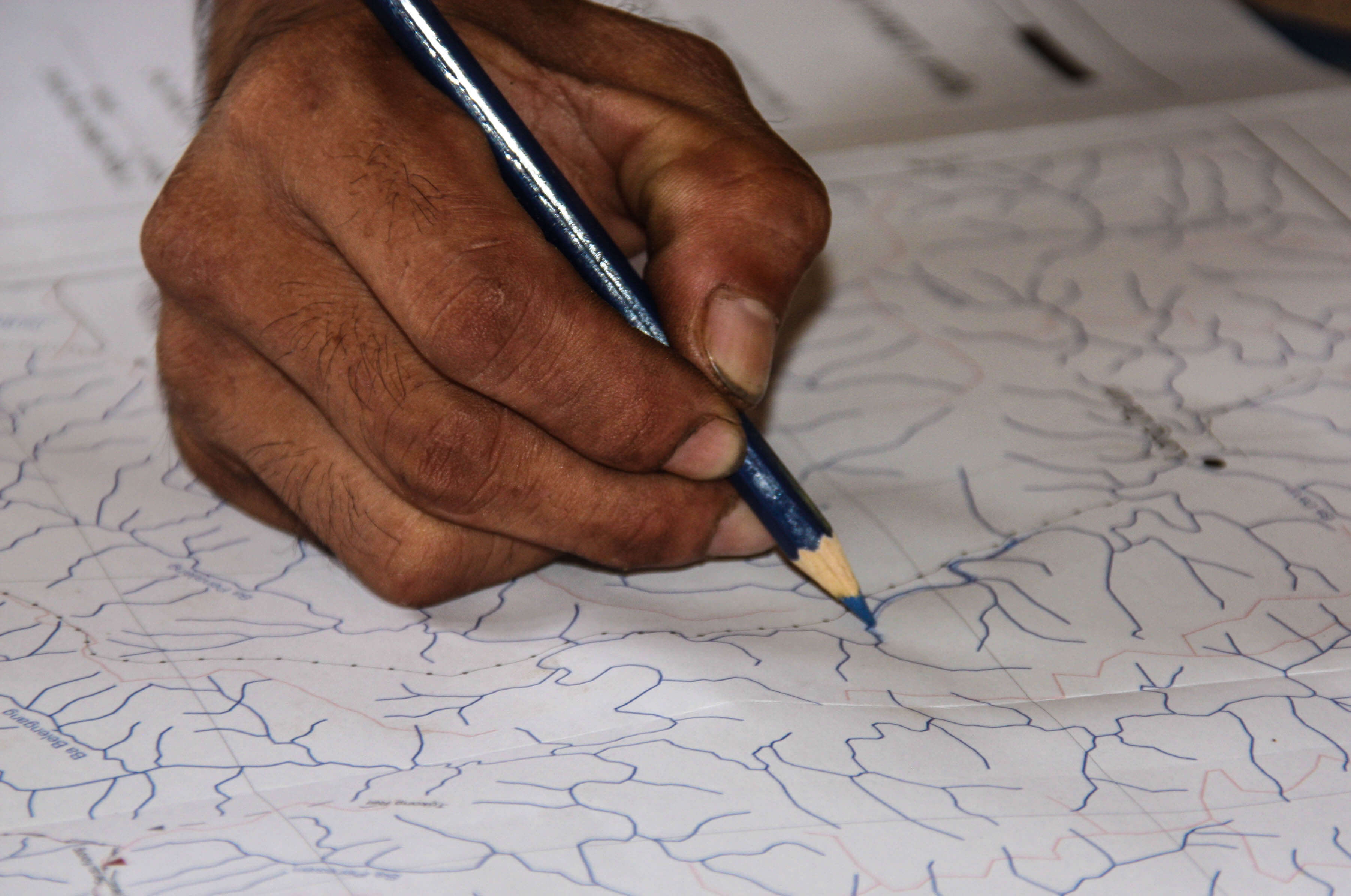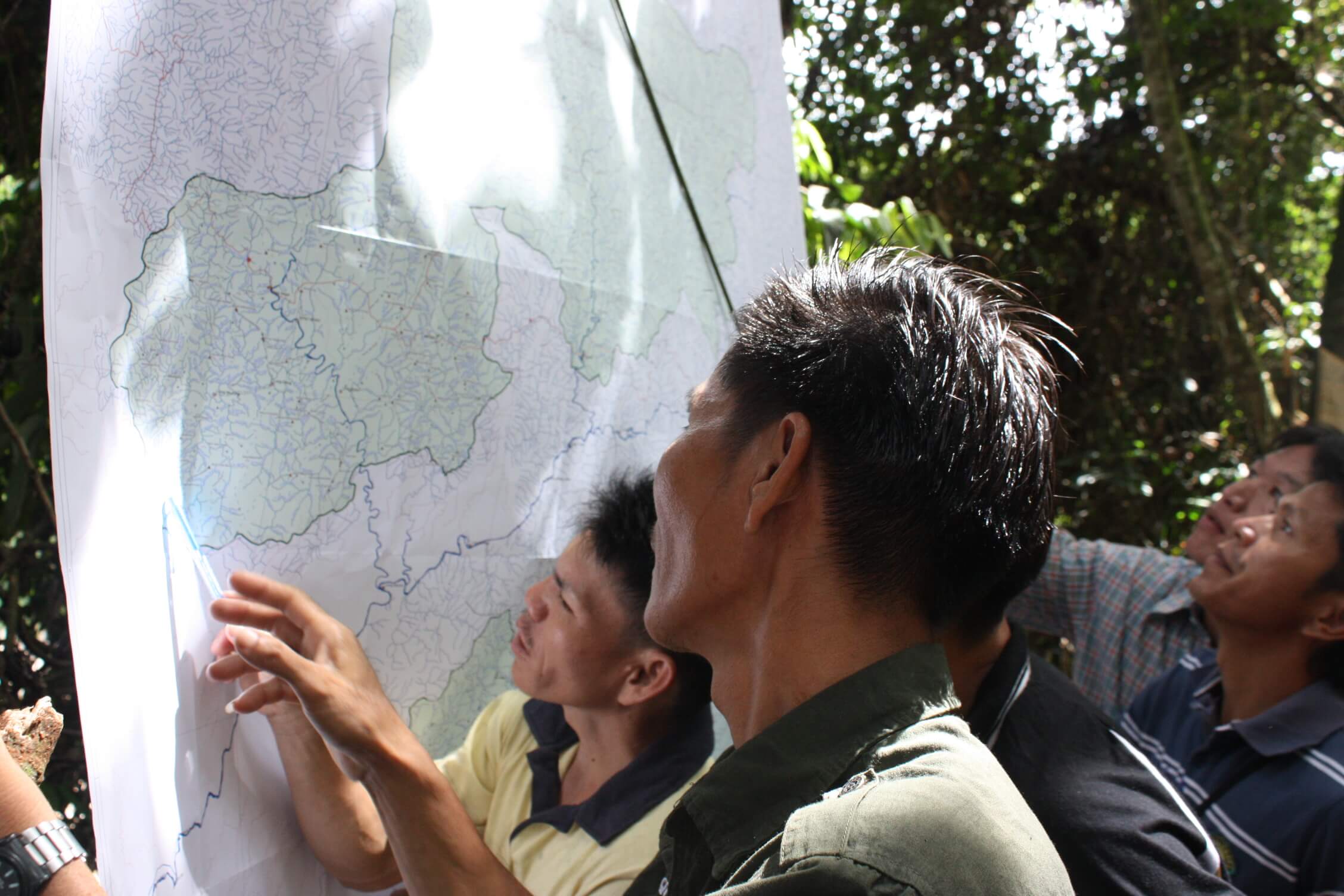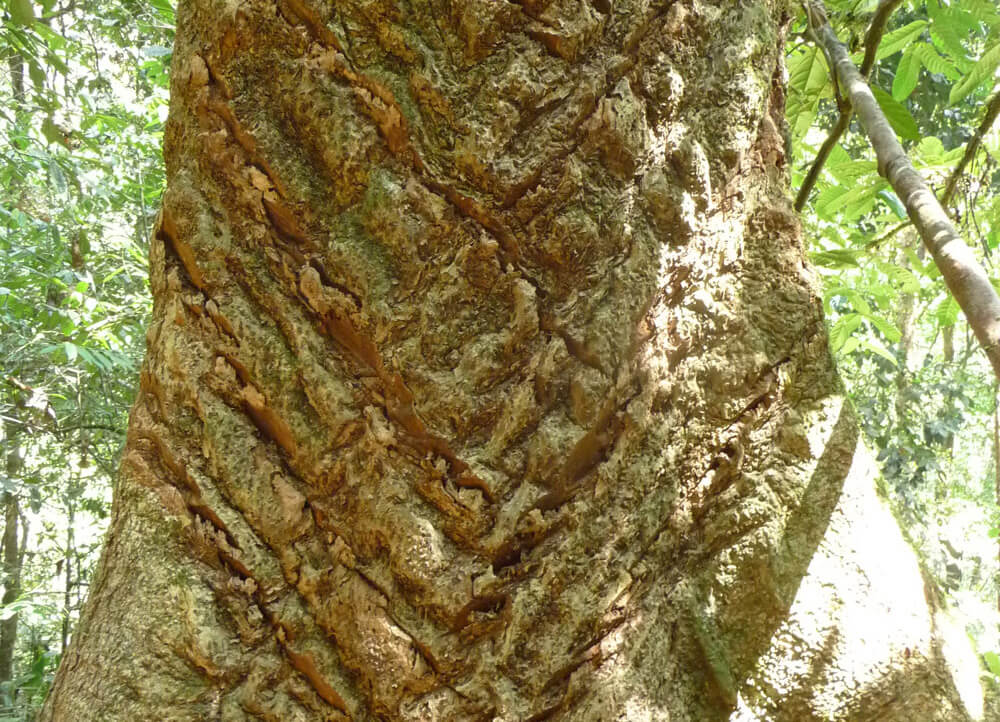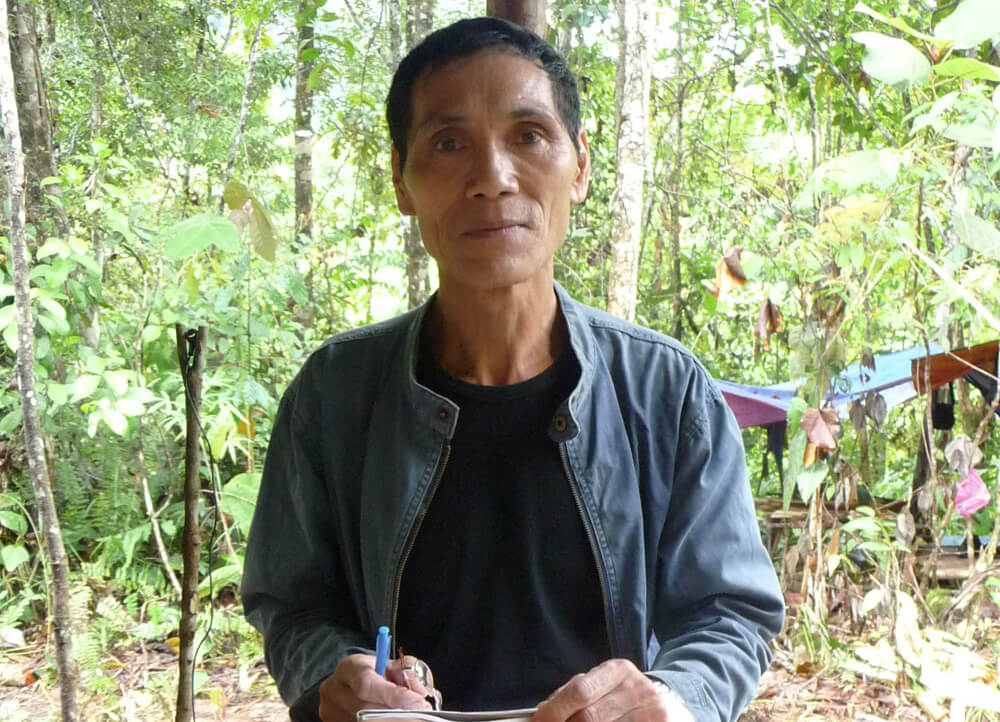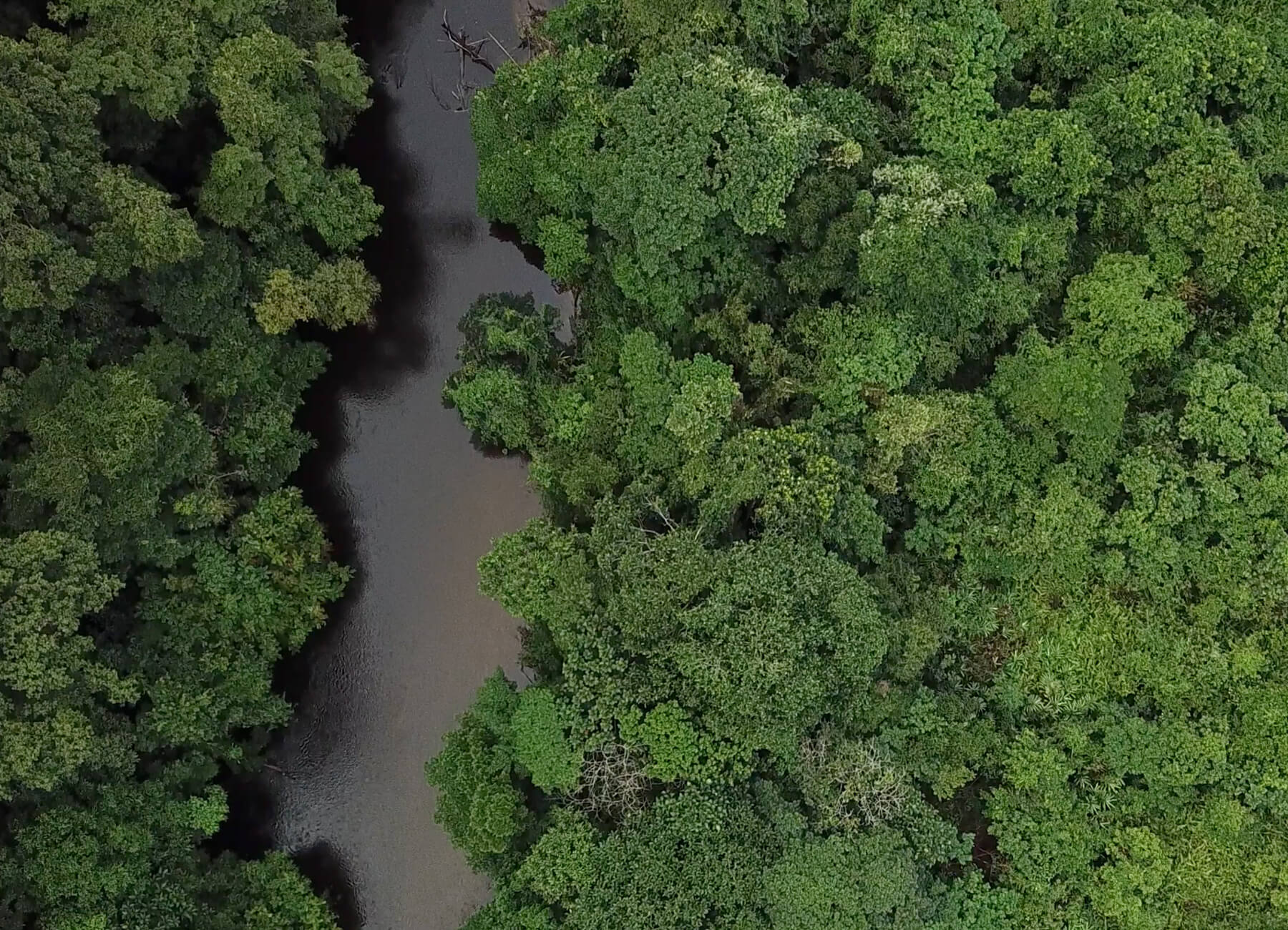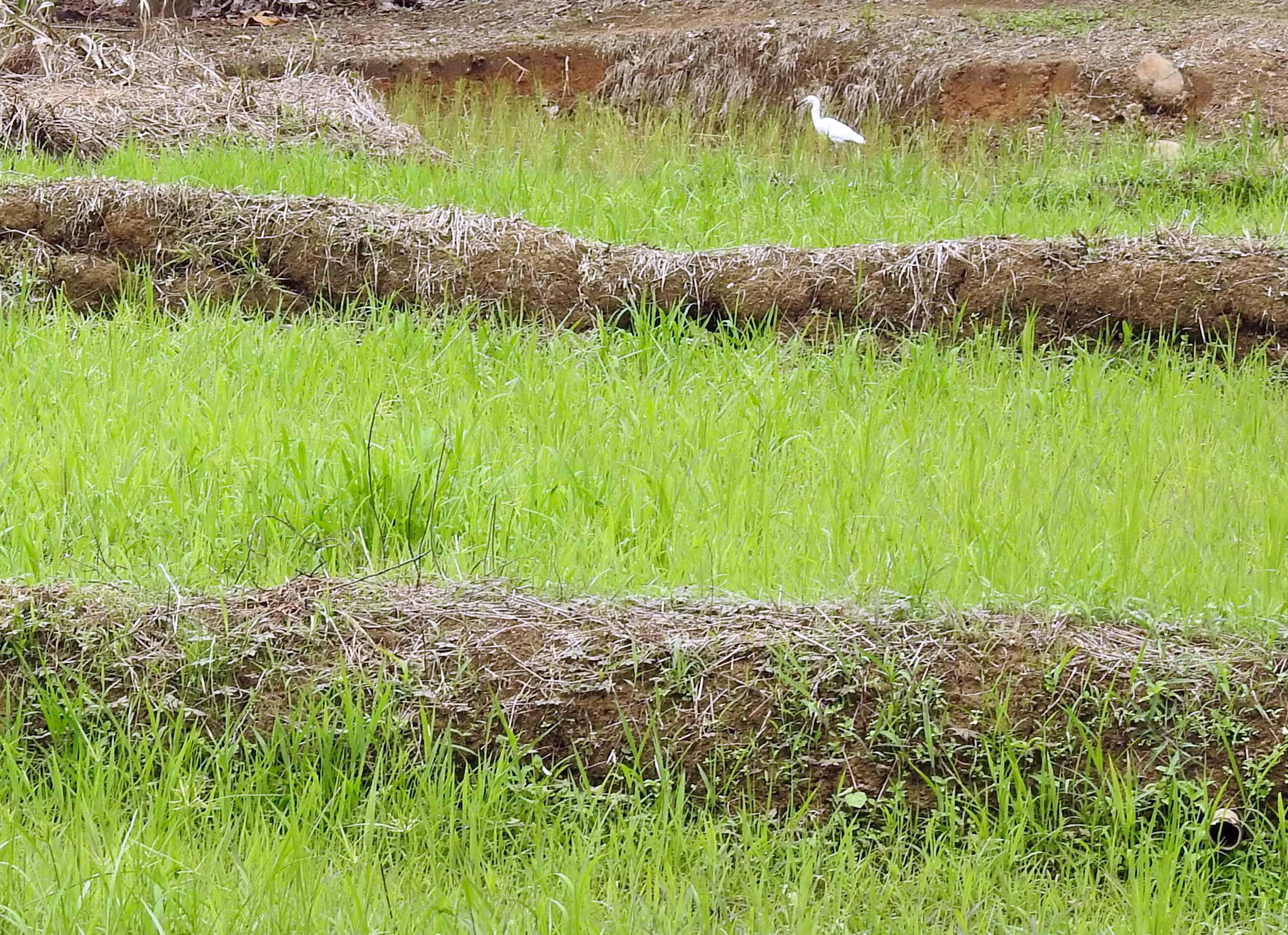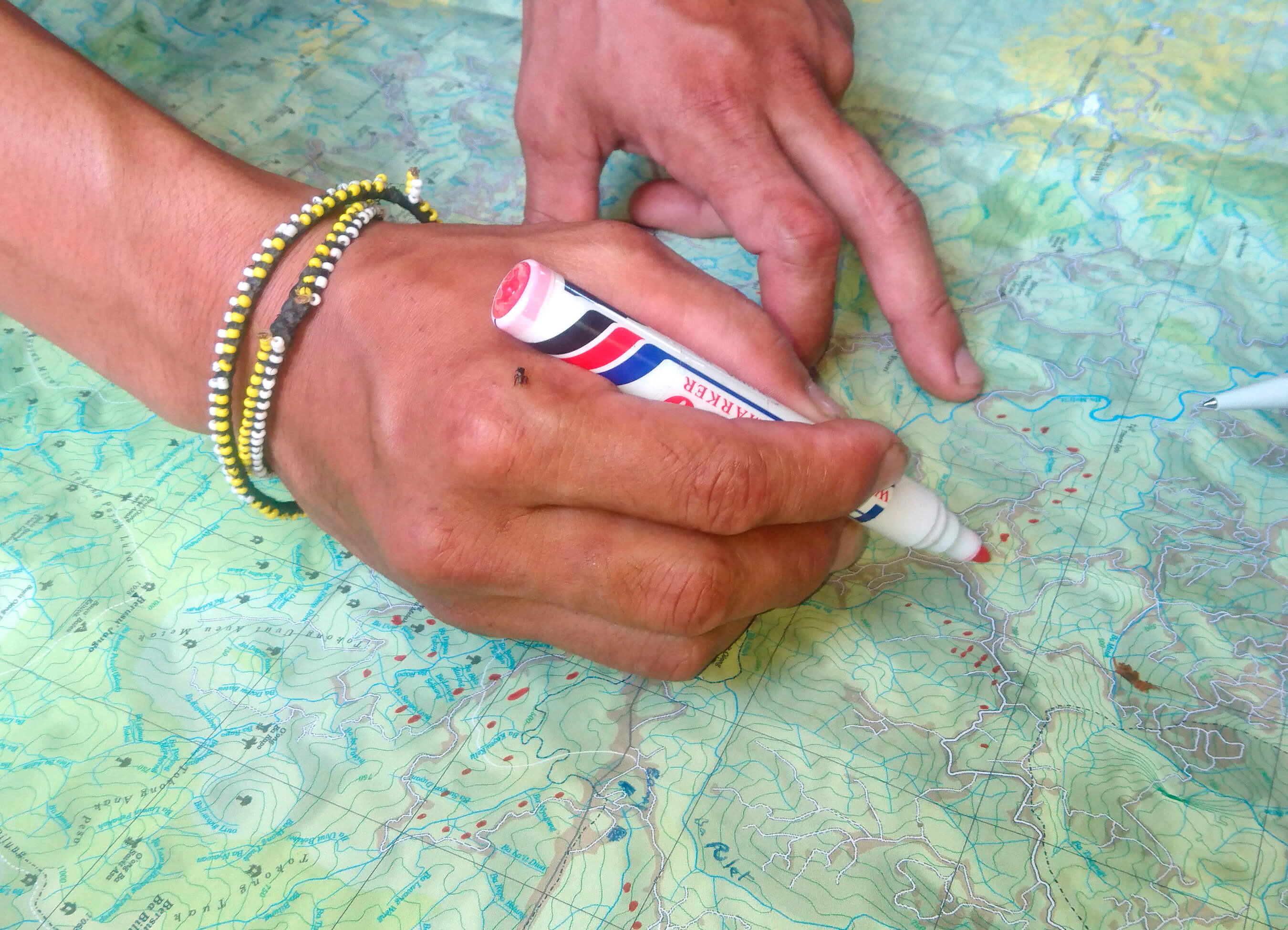
Mapping and cultural documentation
The Penan would like to ensure that their habitat as well as their culture and history are properly documented for the benefit of future generations. They also need the cultural and historic documents and maps as evidence of their use of their land and the limits of their territories in order to be able to claim their land rights before the courts.
Lack of evidence of an indigenous culture
Their land has a very special meaning for the Penan – and for other indigenous groups too. Not only does the rainforest provide them with everything they need for survival; it has a cultural function too. The forest is the medium of their history, their home, the final resting place of their ancestors and an important element in their identity. For a people with no written form of passing on its tradition, its history, culture and spirituality live on through places. The Penan’s traditional ties with their land are of central importance for their cultural identity.
The clearance of the rainforest and the expulsion of the Penan from their traditional home, however, threaten the gradual destruction of these ties. The mapping project, which is one of the Bruno Manser Fund’s most important activities, is attempting to stop this development. It involves building up documentation of the Penan’s geographic and historic knowledge through interviews, research and surveys. This knowledge is subsequently processed and presented in the form of maps as well as other documentation media, such as texts, photographs, videos and audio recordings.
The evidence of Penan culture and the land used by them form the basis for filing land-rights claims. They are using these in an attempt to get the courts to recognise their customary use of the land. The Bruno Manser Fund is supporting the Penan in this endeavour through its indigenous land-rights projects.
Mapping
The Bruno Manser Fund has been passing the necessary knowledge on to the Penan and giving them the appropriate technical equipment to enable them to produce maps of their territories themselves. The Penan are now able to survey their habitat without assistance using GPS (=global positioning system) and helped by any maps that may have exist beforehand. They record not only coordinates of the geographic extent of the territory used by them but also culturally and historically important locations, such as graves and hunting grounds. It can be shown that names of streams, mountains, valleys, passes and cliffs are usually derived from historic occurrences or traditions. The cartographic recording of Penan culture is an important component of the project. Thanks to the Penan's extraordinary spatial knowledge, it has proved possible since 2002 to document more than 5000 names of rivers and streams, 1000 names of other topographic features, the locations of 600 dart-poison trees and much more beside. The collected geographic information led to the online mapping project Sarawak Geoportal.
Oral traditions
Another key component is to create written accounts of their traditional oral history, indigenous traditions, language and specific ways of using the rainforest. It is particularly important to ask the older Penan about these matters, to make audio recordings of their responses, to transcribe them and then to translate them into Malay and English.
Historic research
Searches of the literature held in archives and libraries in Switzerland, the United Kingdom and Malaysia as well as establishing the identity of contemporaries and questioning them are useful complements to the possible forms of documentation already mentioned. Thanks to these, it has been possible to uncover other items of evidence that may prove beneficial to the Penan in their land-rights aspirations.
In summary, the mapping project is ensuring that this cultural wealth is documented and made available to the Penan and other interested parties. In addition to that, it provides the basis for acquiring land titles and enables the Penan to use judicial instruments to resist the encroaching erosion of their habitat. Quite apart from the practical benefits, the documents created strengthen the Penan’s identity and self-confidence.
